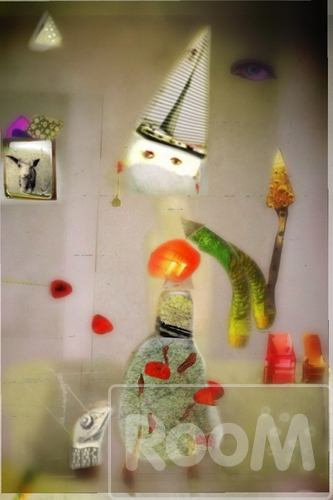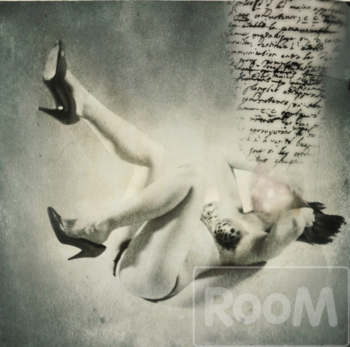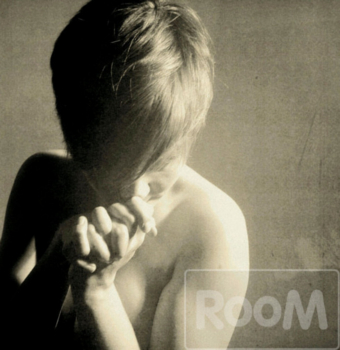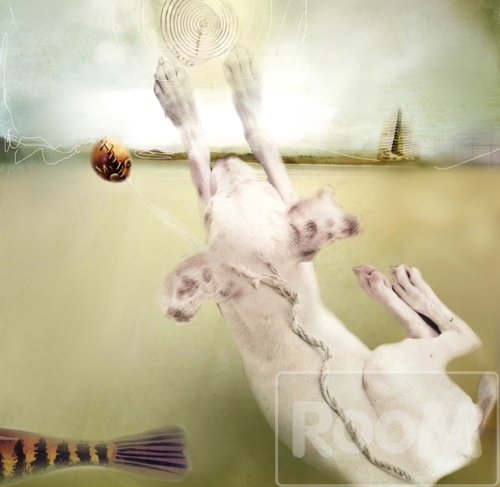In a closed series our RooM Connectors have interviewed the most established and promising photography talent globally.
It's an insta_view of some of the best talent in the World. Enjoy.
Karen Divine
29/10/2013 by marianne@roomtheagency.comKaren Divine’s images are always a mixture of surreal symbolism,
creative photography and storytelling. She’s a multi-award winning mobile artist with a
photographic and image manipulation history that way predates the iPhone. Karen has been and
is still a trailblazer in the creation and teaching of mobile photography and art.
She
has two books due to be published early 2014. Her first book of images and stories “Finding
Your Way” is based on the iChing, one of the oldest Chinese classic texts, with 64 images
and personal revelations attending to each image, all created on an iPhone. This will be
followed by a companion book, equipping the viewer to follow the same journey she took, with
tools and techniques to experiment with - as the reader explores the world of creating
imagery. We can’t wait to dive in and study them both!
“Images would appear that I hadn’t anticipated. It was magic. That was my first real taste of creative freedom.”

You’ve previously said that creating images using an iPhone would be another form of freedom for you. In which way has your artistic freedom felt limited before? What has changed?
One doesn’t know how limited their creative process is until after it’s unleashed. That process continues to change and grow or you become stagnant. Learning Photoshop many years ago enabled me to work in a way that taught me to be free. You could change your mind at any point in the process or return to a previous version. There were no mistakes. I learned playfulness, a key component to creativity. I allowed myself to meander through imagery, experimenting for weeks on one piece, paying close attention to what developed with each adjustment. Images would appear that I hadn’t anticipated. It was magic. That was my first real taste of creative freedom. I had discovered the tool that enabled me to create the work I envisioned. The iPhone is less forgiving than Photoshop but offers convenience, unique textures and filters that are difficult to reproduce in Photoshop.
What would you answer to someone who claims that mobile photography is nothing more than just pushing some buttons? Are there specific differences between a “good” mobile photographer and a “traditional” photographer?
I love and embrace new technology. I jumped into digital as soon as it appeared. Even after years of film, I never looked back. I don’t pay attention to comments that imply the old ways are better or that one is required to spend days or weeks on something before it’s good. I love traditional photography; the depth of field and lighting you get with Digital Camera’s can be absolutely stunning. I’ve also worked in the darkroom with alternative processes which are rich and beautiful, albeit it toxic and time consuming. I love the iPhone’s ability to capture images so spontaneously and inconspicuously. It’s just another new way of expression and isn’t better or worse than other forms of art.

“Mobile photography is just another art form and has opened Pandora’s box for many who only entertained the idea of creating art.”

In your workshops you teach people your work techniques. What are the crucial messages you give them to take away for a successful start into the world of mobile photography?
I teach only a few apps and prefer to emphasize the creative process, focusing on each students’ own personal voice and vision. I encourage them to shoot everyday, experiment with different camera apps and Hipstamatic combinations while in various lighting conditions. If you want to composite images, train yourself to shoot for colors, textures, forms and content rather than the perfect single image. Study other photographers and artists often, discovering what it is you really love about their work, what moves and inspires you in art. Define what it is you want to say in your work and learn how to do it.
Are there particular Apps that are absolutely necessary and important for the origination process of your images and which of them are indispensable for you?
I primarily shoot with Hipstamatic and ProCamera. I love starting off with an image that has interesting tones and you can do this with Hipstamatic. I will use ProCamera if I want a clear and precise shot. But capturing the image is just the jumping off point for me. My old standard apps (Snapseed, Scratchcam, Juxtaposer and Image Blender) are changing now and I’m learning more multi-tasking apps like Procreate, Superimpose and Leonardo.
You call Marc Chagall your muse. In what way are his influences reflected in your mobile photography? Are there current iPhoneographers that you admire, too, and would you class mobile photography on the same level as the classical art of photography?
Chagall’s use of color is exceptional and inspiring to me. His colors animate the volume of the shapes. He indulges in unique playfulness with imagery that is suggestive and not literal, presenting a dreamy reverie of life. I like images that are not literal, cannot be easily read. I want to create work that pulls you in and keeps you engaged, work that is playful and revealing.
Mobile photography is just another art form and has opened Pandora’s box for many who only entertained the idea of creating art. It’s accessible and relatively easy. It’s all just Photography and Art to me. There are many iPhonegraphers that I admire, some create spectacular street photography and others composite imagery in ways I am still trying to learn. My tastes are quite eclectic.
Can you talk us through your journey from Photoshop to apps in your work. How long have you been doing mobile art and photography and how has it changed in terms of simplicity and versatility?
I fell in love with the idea of Photography after a brief stint as a model in NYC. The idea of shooting was far more intriguing so in the early 70’s I returned to Boston, bought a Nikkormat and began studying. I also loved painting and began taking art classes. Photography was my foundation and seemed to be an easy art form for me. Yet, I wanted to say more with my work. It wasn’t until I learned Photoshop that I was able to create the images I imagined. Photoshop taught me to move through my work with a sense of playfulness. It taught me freedom. I let go of the inner critic and learned to trust. I allowed the colors and shapes to reveal stories to me. About three years ago, I realized the iPhone was capable of creating composites. I jumped in. The convenience and quality of the iPhone means I can tap into this creative spirit anytime throughout my day, anywhere. I do shoot for the single image just to keep my skills sharp but compositing imagery is my love.

This insta_view can be republished but it must credit RooM the Agency and link directly to the source.

